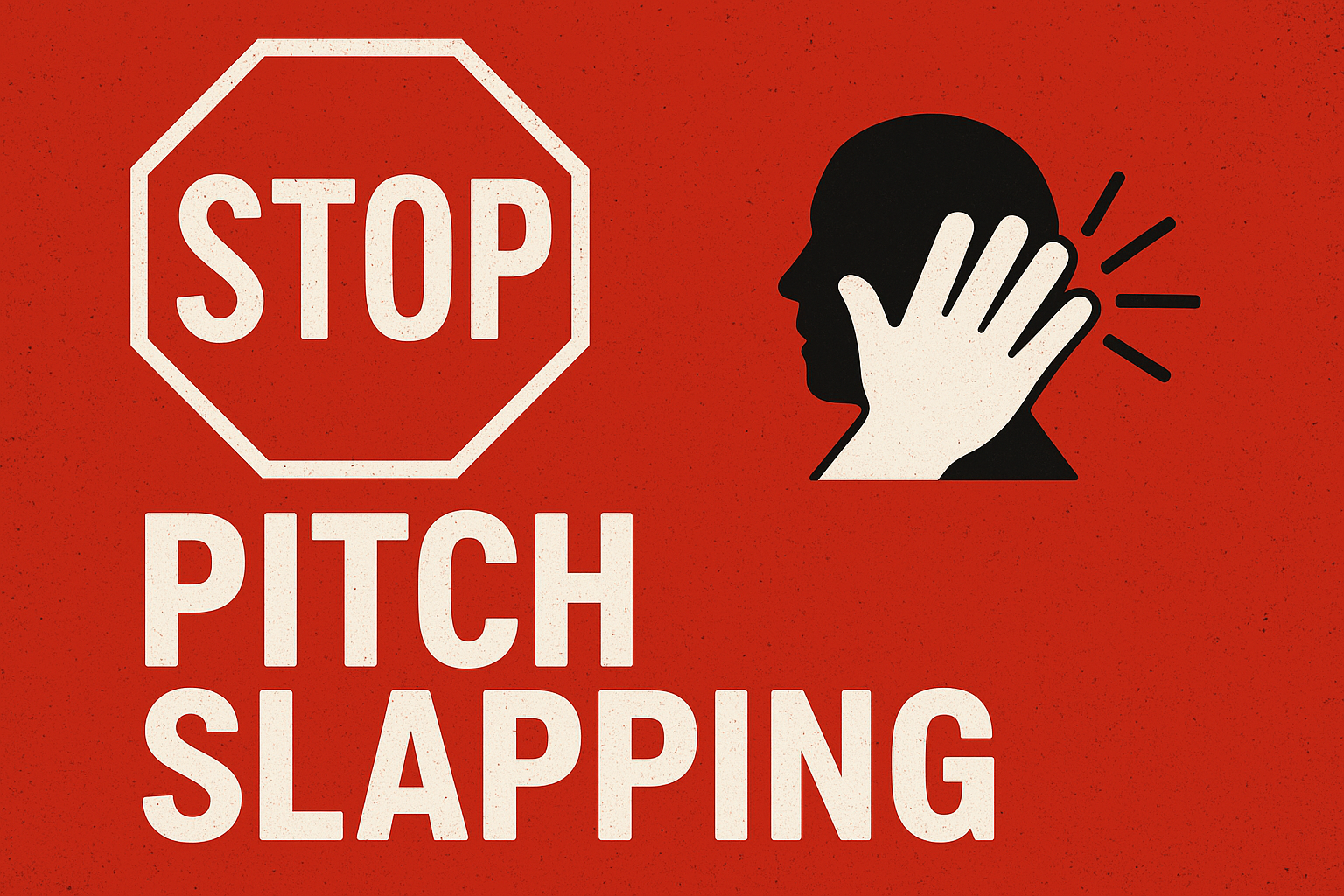
Avoid this Annual Planning Pitfall

If you are a revenue leader at a company over $5M in ARR, you are either entering annual planning or procrastinating the start of it. Having done annual planning for almost 15 years as a sales leader, I have identified and worked to avoid the 2 worst parts of annual planning…waking up in a couple months knowing the 3 months of annual planning you did are in no way apparent in what you are currently doing, and having the plan you helped create be the thing that gets you fired.
Why Does Annual Planning Suck?
Annual planning was one of the most frustrating parts of my job when leading sales at Outreach. Why?
- Lack of urgency → 3 months to think through what we need to do next year? That was always crazy to me. Total focus for a few days will lead to something much better we snail crawl our way to over months of time.
- Lack of preparedness → most execs approach early planning meetings like a middle schooler approaches an English paper…with very little thought until a day before its due. It’s hard to discuss opinions when they are more reactions than thoughtful considerations, and it kills me to spend 20 of 60 minutes just re-orienting everyone to what we did a week before bc everyone knows nobody thought about this for more than 10 minutes between meetings.
- Lack of involvement by those closest to the customer → most annual planning is an ivory tower exercise whose divine inspiration gets to “bless” the commoners below. Execs resist bringing in frontline folks closest to the customer (and problems) because they love feeling special and elevated (ego), not to mention because they are scared of the truth many of those people will share.
- Lack of decorum → Worst thing is to have the CRO talk more about the marketing planning than the CMO, but this happens all the time. Someone in the room is the bully, the time hog, the “it’s my day to show how smart and valuable I am by talking a lot” person. This leads to lack of idea diversity.
- Lack of common sense → the spreadsheet army marches commons sense into the mud under their boots. A 10ppt increase in win rate seems so simple to the spreadsheet masters who have never tried to change behavior enough to take a 20% win rate to a 30% win rate. That’s not an trivial increase…unless it’s as easy as changing a number in a spreadsheet.
But What’s the Biggest Pitfall?
When you get your first draft of the financial plan from your finance team, there are 2 areas that form a deadly trap for a revenue leader if you don’t know they are coming. It’d be like you are Indiana Jones and forgot the bag of sand to replace the weight of the priceless relic which triggers a 50 ton stone to rumble its way towards you.
Conversion Assumptions
The first pitfall is conversion assumptions, and what makes these so devious is the fact that, sometimes, those assumptions are built into formulas that require intense inspection to figure out.
There are 2 types of metrics:
- Volume Metric → a metric that is the measure of a thing that can be counted (examples are # of active outbound accounts, # of meetings booked, # of opportunities created). These metrics are not calculated, they are counted.
- Conversion Metric → a metric that shows how many of X turn into Y (examples are meeting hold rates/no show rates, qualification rates, win rates). These are typically calculated by dividing an input volume metric (meetings booked) into an output volume metric (meetings held). Conversion metrics are compound metrics, made up of 2 or more other metrics.
Here’s how conversion assumptions can trap you: You see that your average rep quota will need to increase 10% YoY. No problem. That’s not horrible. There are lots of things that can happen to lead to that being a great adjustment for the business (we’ll get into this part in a second bc it’s the second part of the trap). Most revenue leaders would stop there, but the Indiana Jones Rev Leader looks for the assumptions the finance team is making to justify the increase quotas. After some sleuthing around the catacombs of the spreadsheet, they find that win rates are required to increase from 20 to 30%. That’s a 50% increase that was assumed to happen from Day 1 of the new year. WHAT??!!
So, finance has assumed a radical increase in win rates, AND that the increase will happen right away. That’s impossible, yet this trap is typically hiding in 3 or 4 spots in a spreadsheet that is a mile wide and a mile long. (that makes it a square mile of spreadsheet if you are doing the math…which you should do more math).
Justifying Investments
The second pitfall is the lack of investments that justify an increase in conversion (and the subsequent increases in volume metrics).
In our previous example, the 50% increase in win rates required to increase quotas 10% might be complete possible if the company makes the right investments the sales team can leverage.
Example: Let’s say the lack of a certain feature of your product is contributing to competitive losses, and the product team plans to deliver that feature to you in Q1. Well, that may justify part of your win rate increase, but then you find out that board also approved a SPIFF program to reps with 30%+ win rates. OK…now we are starting to cook. We are investing in the win rate increase in multiple ways.
The issue I see with most planning though is that those investments are usually missing. The spreadsheet-ers say things like “the product is more mature,” “the market is more mature,” “our brand is more mature,” and other fluffy phrases that the rarely have evidence to support.
How Do I Avoid the Pitfall to My Death?
First is to know about them…you know now.
Follow these steps once you know the trap exists.
- Find all the conversion assumptions (any “volume metric” must involve a conversion metric so use that as a guide)
- Look at the delta between current and assumed conversion rates
- Determine if the delta is realistic. If so, stop. If not, continue.
- Ask for the investments being made that support an unrealistic conversion increases YoY
- Make sure the investments are big enough to return the increase(s) in conversion
- Never agree to an increase that is unreasonable AND does not have supporting investment(s)
Conclusion
As revenue leaders, part of our job is to make the business better. To grow it. Make it more efficient. To stretch folks (and ourselves) to achieve things we think are a bit out of our reach.
But, that doesn’t mean we can deliver the impossible…the plan should never be impossible. Hard is good. Impossible is…well…impossible.
Following the steps above will help you determine if something is hard or impossible so you are able to create a plan that is great for your customers, your business, your team, and yourself.
































Absolutely brilliant post, and your assessment of Sr. Management is spot on. OMG, and the finance team . . . 😬. Going from 20% to 30% win rates, maybe of 10% percentage points, but it’s a 50% increase. That ain’t now small order. Great post Kosoglow.